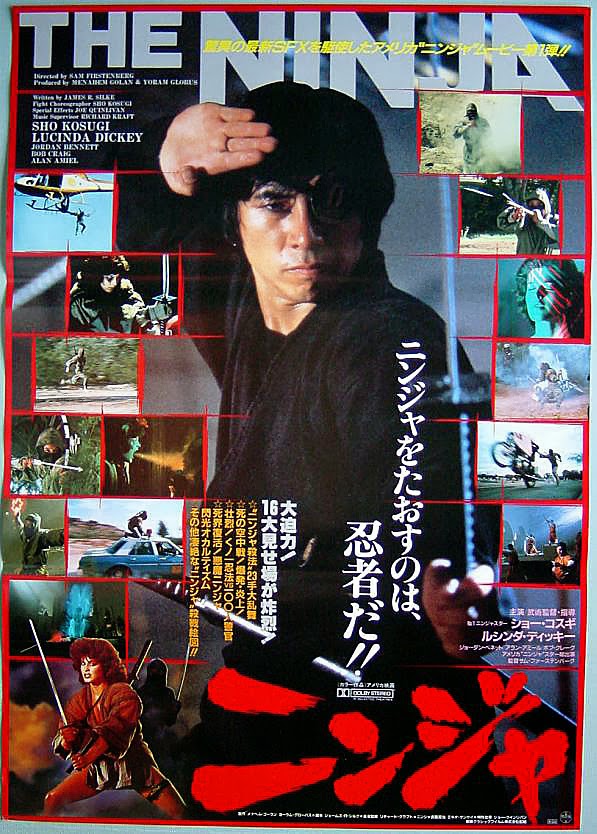
The deer represents, then, a carelessly destroyed nature-and a warning.ĭeer imagery abounds in Jordan’s Peele’s 2017 horror film about US race relations. The long shot of the deer embeds it in a natural scenery that looks passive but that is about to mutate and take its revenge on an exploitative humanity.
Texas chain saw massacre analogy driver#
The truck driver symbolizes all the human carelessness about other life forms and, indeed, about nature itself that leads, the suggestion is, to the zombie virus. And then it moves, stretching out its legs and finally coming back to (a kind of) life: it’s infected-harbinger of the masses of humans who will soon be similarly infected. As the man drives off heedlessly, leaving the deer’s body, we get a long shot of the deer lying crumpled on the road. South Korean director Yeon Sang-ho begins his 2016 zombie film with a man driving recklessly along, searching with one hand for his cell phone on the passenger seat and so hitting a deer.

Through the coyote scene, and its reflection of the later scene with Eden, The Invitation questions whether human can rise above our “physical” bodies and the emotions rooted in them. It’s entirely physical,” she says, “and it’s completely changeable.” Her efforts to change this “physical” stuff, however, end up failing, which is why, like the coyote, she has to be put out of her misery.

She tells Will that all our negative emotions, including grief and depression, are “just chemical reactions. During the dinner party, Eden espouses a view of humans as just matter. It’s a connection that raises all kinds of interesting questions about what and who humans are. Kusama offers similar close-ups of both the coyote and (later) Eden to highlight the parallel. Will’s killing of the coyote foreshadows subsequent events involving his ex-wife. Will has to muster the fortitude to kill the coyote with a tire iron-a brutal yet merciful moment.

They hit a coyote and it lies on the road, still alive, whimpering in pain. The film opens with Will and his new girlfriend Kira (Emayatzy Corinealdi) driving through an LA canyon to a dinner party at Eden’s house. Karyn Kusama’s 2015 film is all about grief, featuring a now-divorced couple, Will (Logan Marshall-Green) and Eden (Tammy Blanchard), who lost their son in a terrible accident several years ago. The question is, does this symbolic use of dying and dead animal bodies enhance the art of the film-or does it simply exploit the animals, which matter only insofar as they tell us something about humans? To put it bluntly: the deaths of animals in these films are meant to tell us something about what’s going on with the humans. In three films released in the last couple of year, the deaths of animals by the side of the road play a prominent role in the narrative, helping to shape the meaning of the film. And those are just films I happen to have seen recently. Besides the three I discuss below, the trope comes up in Dead in Three Days (2006), Husk (2011), and The Monster (2016).

Scott Fitzgerald’s The Great Gatsby (1925), Lois Duncan’s I Know What You Did Last Summer (1973), and Tom Wolfe’s The Bonfire of the Vanities (1987) to recognize that writers have long used distracted driving to make a point-in the case of these novels, a point about characters’ callous disregard for the lives of other humans.Ĭharacters killing animals while behind the wheel of a car is pervasive in the horror film, however. You only have to think, though, of Theodore Dreiser’s An American Tragedy (1925), F. The trope of roadkill is a prominent one in horror films. The famously dead armadillo in Texas Chain Saw Massacre


 0 kommentar(er)
0 kommentar(er)
